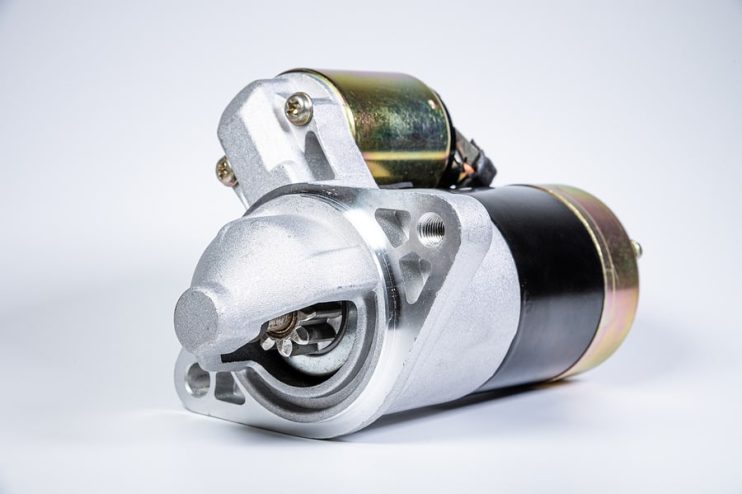
Poor maintenance will cause problems with your starter motor. However, this little powerhouse is responsible for the kinetic kick that gets your engine revving and running – and therefore suffers a tremendous amount of stress every time you twist your key in the ignition. So no matter what you do, this part will wear out over time.
The bigger and newer your car, the greater the stress on the starter motor. The longer it goes without trouble, the more likely it is to fail. Remaining aware of the following danger signs can help you avoid serious problems.
How does the Starter Motor Work?
When you turn the ignition key or hit the switch in your car, this engages a solenoid (switch) on the starter motor. This in turn engages a gear, using its rotational power to fire up the engine by rotating the crankshaft. This process is more commonly known as turning the engine over. Because the engine doesn’t have the power to start under its own combustion, the starter motor gives it the necessary boost.
Starter Motor Warning Signs
It is rare for a starter motor to fail outright. If you notice any of these warning signs – particularly one or two combined together, then make sure you contact a trusted, local garage and get it booked in for an inspection. If the starter motor won’t start, then you won’t even be able to get the car to the garage…
Dash lights up but the engine won’t start – if there’s consistent power coming from the battery, and the engine won’t turn over, then this is a good early indication that there’s something wrong with the starter motor. Especially if the battery has been recently charged.
Engine simply won’t turn over – due to lack of power coming from the starter. This could be due to a flat battery, so don’t jump to conclusions without checking the available current. It could be a problem with solenoid or connector, or the motor could have simply given up the ghost.
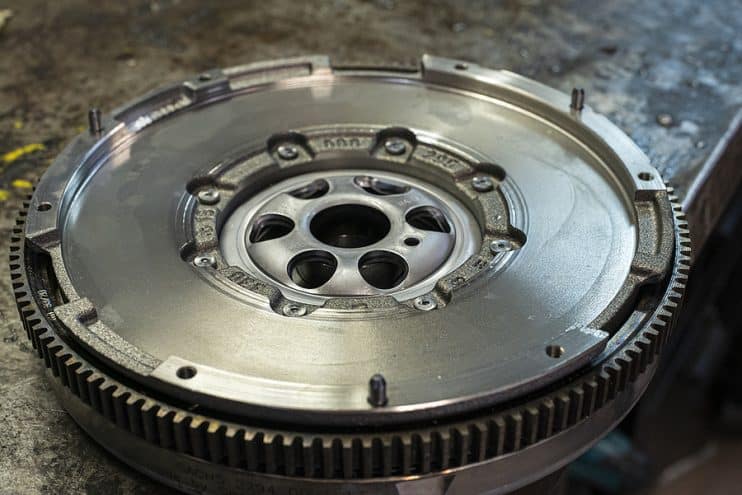
Metal on metal grinding noises and sounds – caused by the motor failing to properly engage the flywheel, because its starter drive gear is worn out. Be careful with this symptom as if it goes ignored, further damage can occur to the flywheel, which will be expensive to fix.
Free-wheeling – if you start the engine and hear a whining noise, but the engine doesn’t seem to be cranking correctly, this is due to near complete loss of engagement between the starter and flywheel. Get down to the garage quickly or risk the loss of both parts.
Overheating and smoking – leading to a strong smell of smoke in and around our vehicle. This means that your motor is drawing an excess of current which could be caused by a connection problem causing a short circuit, issues with the ignition switch, or you’ve been running the starter motor for too long and your vehicle won’t start due to other mechanical issues.
Oily starter motor – due to the positioning of the motor within the framework of the engine, this part is especially susceptible to damage from oil leaks. If oil has penetrated the starter motor, this will dramatically diminish its lifespan. Sort the leak quickly, and get a replacement starter motor.
Starter doesn’t stop – in some cases the starter motor may keep on turning after the engine has started running. A faulty solenoid will be the usual cause, with the gates welding together preventing power from shutting off. Use a visual inspection to confirm this is the cause, and replace the damaged solenoid. Failure to resolve this problem will result in damage to the flywheel – which could be a very expensive fix.
Damaged solenoids – the opposite problem of your vehicle’s starter not stopping, is a failure to start. If the solenoid is working correctly, you should hear a click coming from the part. If there’s no sound, it is probably broken.
Intermittent problems starting the engine – sometimes the engine starts easily. Sometimes it takes a long time. This is usually down to problems with the relay feeding current to the starter motor.
Starter engages but your car won’t start – if you’re hearing the starter motor activate, but it’s failing to crank the engine, then this will be down to the flywheel and other gears failing to engage properly. It could be that the gears have become stripped, or have slipped out of connection.
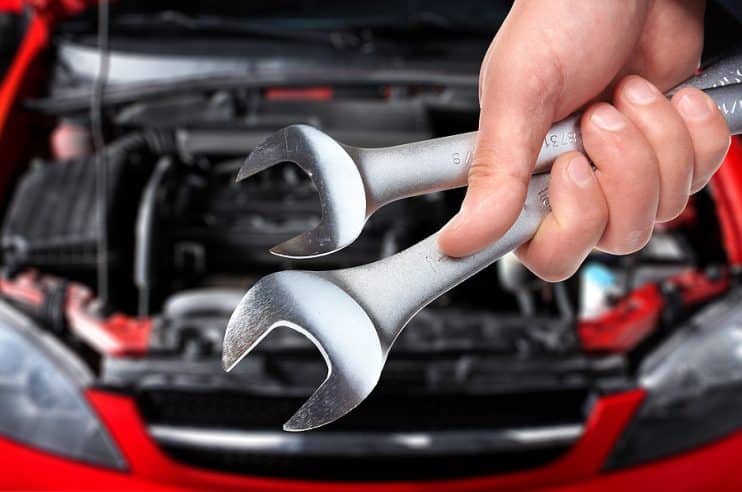
Prolonging the Life of Your Starter Motor
The following tips can help you get a few more hundreds or even thousands of miles out of your starter motor:
Keep the connectors, terminals and solenoid clean – ensuring that the motor receives enough power to fully rotate the engine. Dirty, corroded or worn connections can reduce the current available to the motor, making it work harder, which leads to increased fatigue.
Ensure the mounting bolts are tight – to preserve the connection between the motor and the flywheel. Both parts are under a lot of pressure, and a bad connection can cause them to wear out quickly.
Inspect the flywheel – over time the flywheel can become cracked, worn or even lose its teeth, impacting efficient engagement with the pinion gear on the starter motor. If you continue to force the starter motor to work with a broken flywheel, it will quickly diminish the lifespan of the part.
And Finally
Cars undergo tremendous stress on the road, and it’s a testament to modern engineering that ride quality is of such a high standard and engine noise is so low. It’s almost easy to forget that cars wear out over time – and your starter motor is no exception.
Fortunately, replacing your starter motor is a job that most mechanically minded individuals with a reasonable degree of skill can take on. Allowing you to keep your car running smoothly, without having to deal with expensive garage bills.

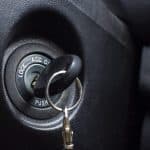
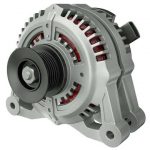
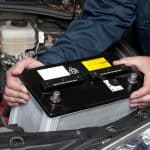
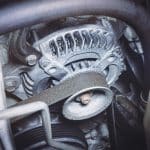
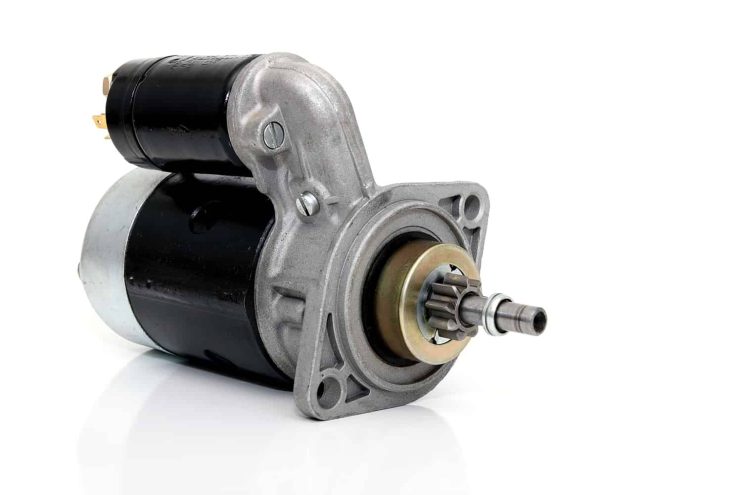
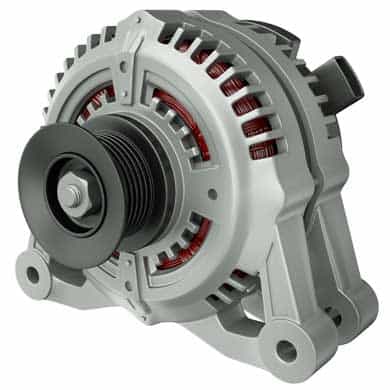

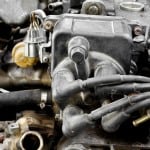
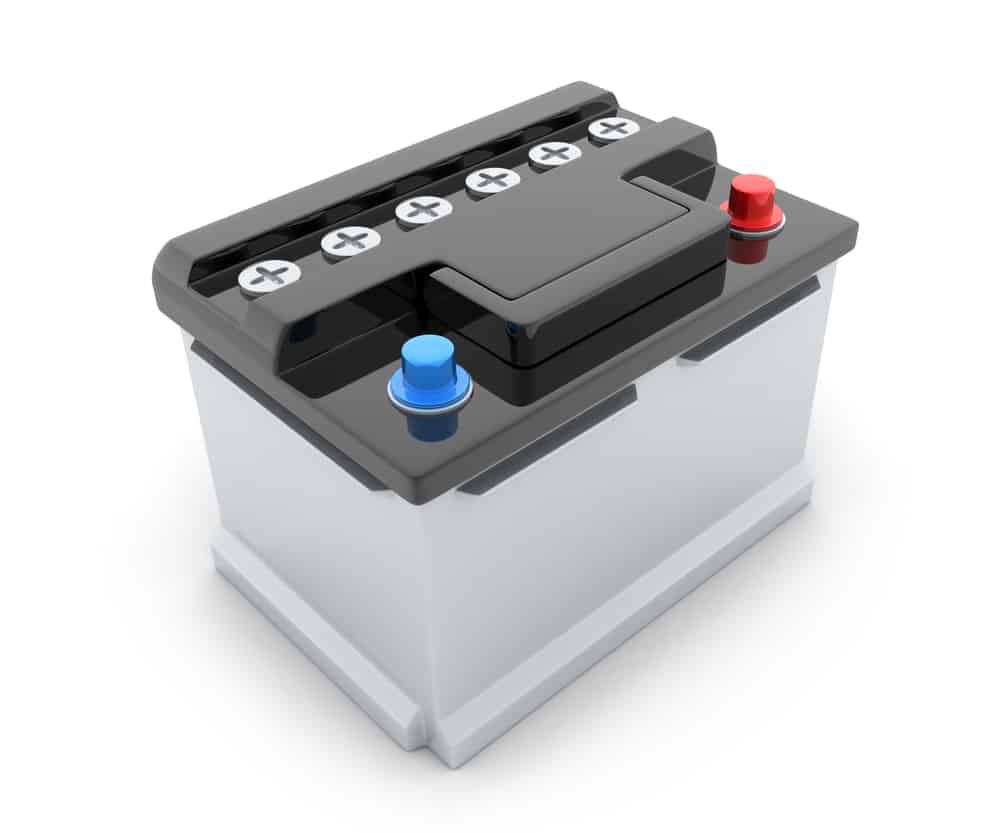
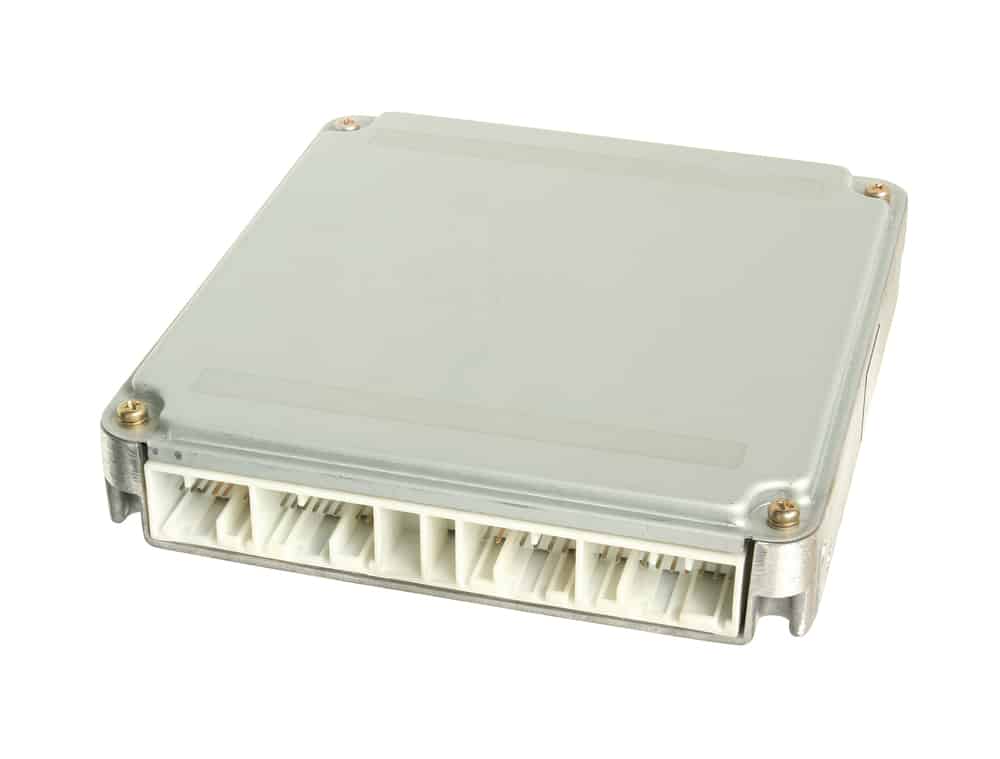
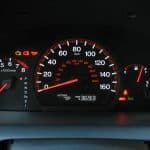
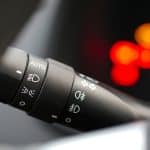
.png)